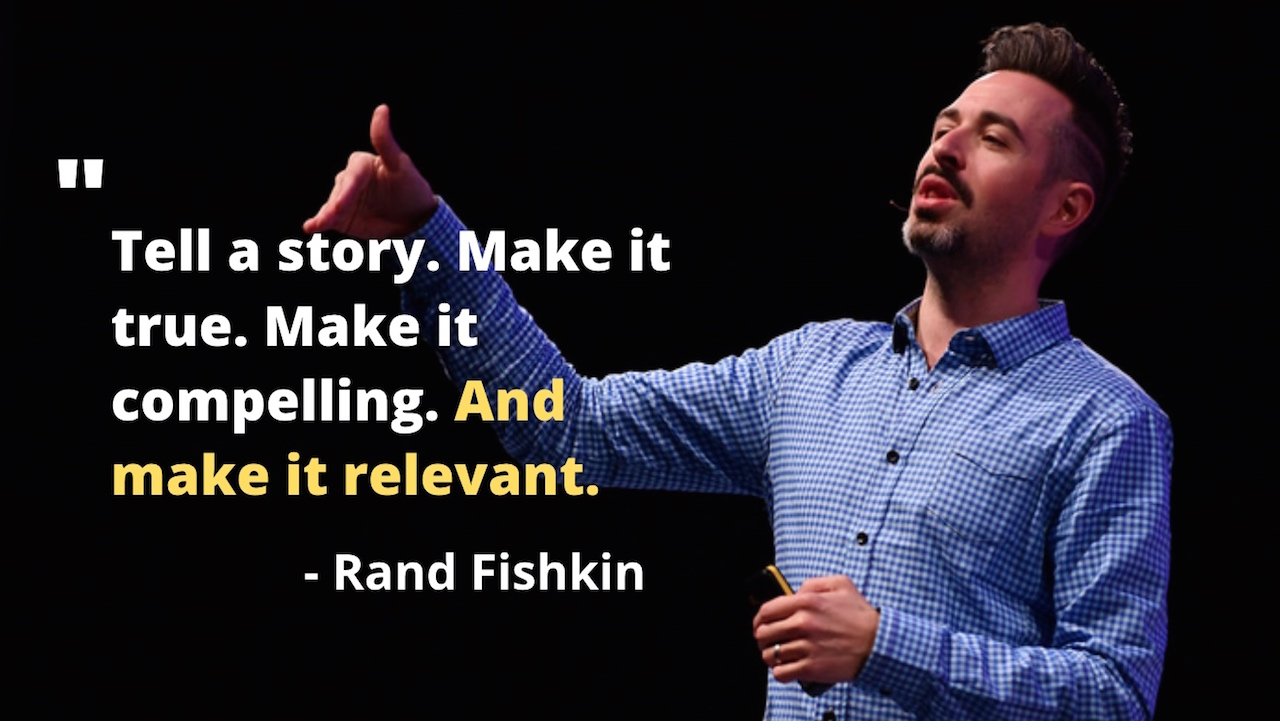Table of Contents
Introduction
Email marketers are recognized for creating effective and successful email marketing initiatives. Effective email marketing, on the other hand, goes beyond flashy promotions and seasonal emails.
Email brand marketing is the creation of subtle campaigns that initiate a virtual interaction with clients, ensuring your company remains continually on their radar. Klaviyo is a powerful email marketing platform that allows businesses to create highly targeted and automated email campaigns.
One of the key features of Klaviyo is its ability to create “flows,” which are automated email sequences triggered by specific actions or events. These flows enable businesses to engage with their customers in a more personalized and timely manner, ultimately leading to increased customer retention and sales.
In this guide, we’ll go over how to set up Klaviyo flows, which are essential for developing and keeping meaningful connections with your audience.
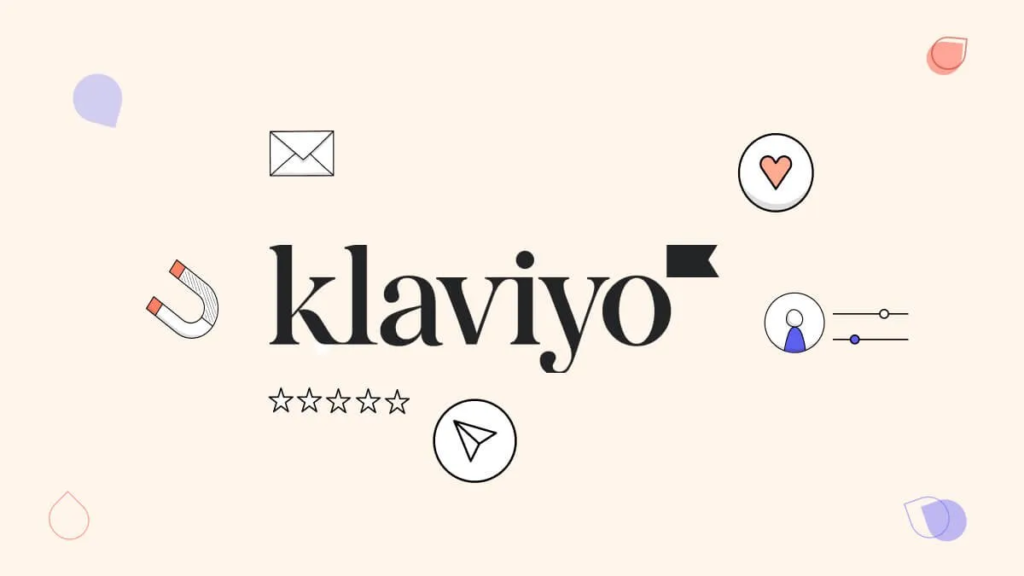
Automated email workflows take center stage in Klaviyo, where they are appropriately titled “Flows.” These Flows are more than just sequences; they are dynamic actions that are set in motion by external triggers.
Klaviyo Flows adapt easily to specific user engagements or data obtained from eCommerce platforms, ensuring your communication is not only automated but also exactly matched to your audience’s behaviors.
What Is The Importance Of Having A Klaviyo Flow?
Creating a well-planned and organized email communication system can greatly improve the engagement level of your subscribers and increase the likelihood of their conversion into loyal customers.
By sending targeted emails at the right moments, you can effectively capture their attention and interest, and establish a long-lasting relationship with them.
Having a Klaviyo flow is important for several reasons:
- Klaviyo flows allow for automated communication in email marketing
- Personalization based on customer behavior leads to higher engagement and conversion rates
- Klaviyo flows keep the audience engaged with your brand and improves customer experience
- By analyzing customer behavior and browsing patterns, you can design personalized Klaviyo email flows that use action and segment triggers.
- Sending birthday and anniversary emails can help foster a semi-personal relationship with customers and encourage them to continue shopping at your store.
- Tracking performance provides valuable insights to optimize marketing efforts
In summary, having a Klaviyo flow is important because it allows you to automate your email marketing, personalize your messages, increase engagement, improve the customer experience, and optimize your marketing efforts.
By leveraging the power of Klaviyo flows, you can create more effective and efficient email campaigns that drive results for your business.
15 Best Klaviyo Flows That Boost Engagement
Welcome Series Flow
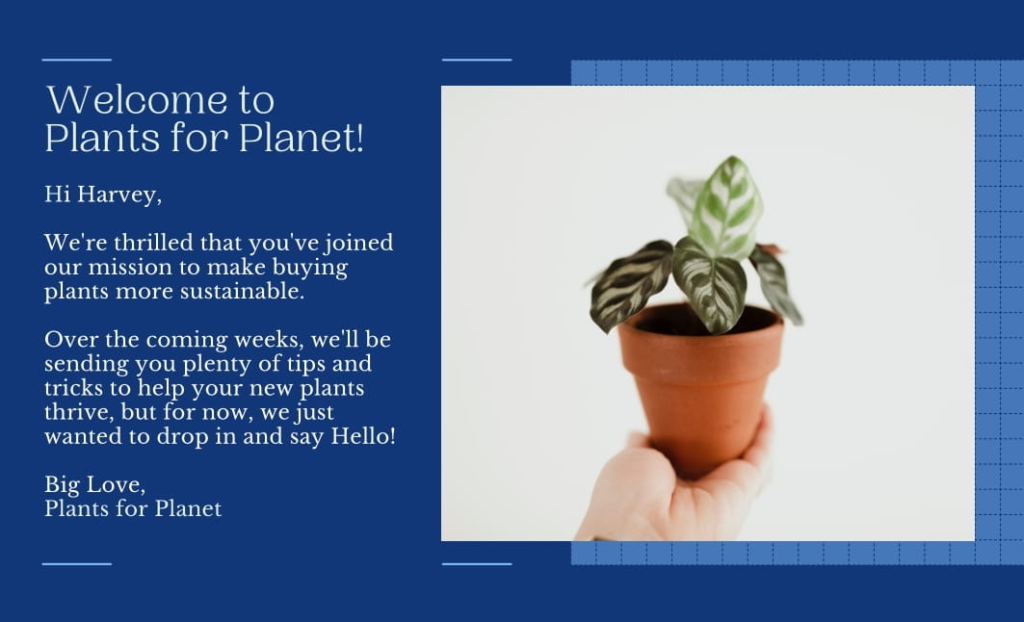
This flow is triggered when a new subscriber joins your email list. It includes several emails that aim to introduce your brand to new subscribers and encourage engagement.
The first email should thank the subscriber for joining your list and provide a brief overview of what they can expect. The subsequent emails can delve deeper into your brand’s story, highlight your products or services, offer exclusive discounts, and include a call to action.
The final email should summarize the key points from the previous emails and thank the subscriber again. A well-crafted Welcome Series Flow can build brand loyalty and drive conversions.
Abandoned Cart Flow
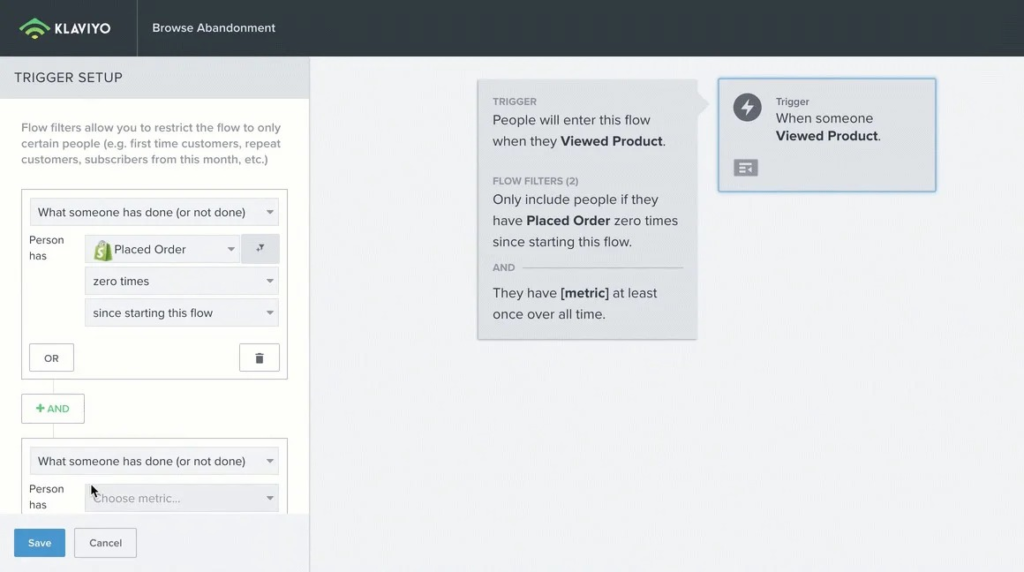
This flow is triggered when a customer completes a purchase. It includes a thank you email and may also include additional information or offers related to the purchased products.
By setting up a Post-Purchase Thank You Flow, you can continue to build relationships with your customers, encourage repeat purchases, and ultimately drive more revenue for your business.
Post-Purchase Thank You Flow
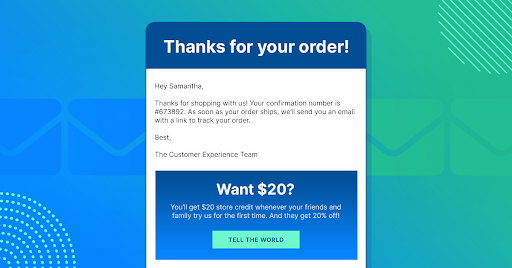
This flow is triggered when a customer adds items to their cart but does not complete the purchase. It includes a series of emails reminding the customer of the items in their cart and encouraging them to complete the purchase.
An Abandoned Cart Flow is designed to bring back customers who left items unpurchased in their cart. By creating personalized and value-driven emails, you can recover potentially lost sales and improve your overall conversion rate.
Product Upsell/Cross-Sell Flow
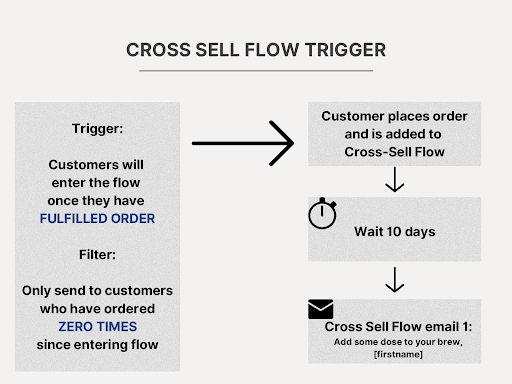
This flow is triggered based on a customer’s purchase history. It includes emails suggesting related or complementary products that the customer may be interested in purchasing.
By setting up a Product Upsell/Cross-Sell Flow, you can effectively promote related products to customers who have already shown an interest in your brand, leading to increased sales and customer satisfaction.
Customer Winback Flow
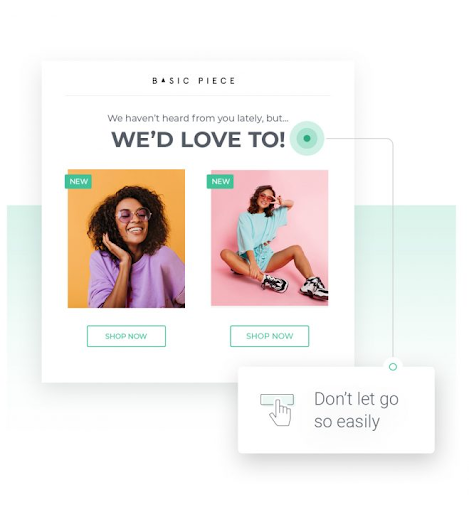
This flow is triggered when a customer has not purchased in a certain period. It includes emails designed to re-engage the customer and encourage them to make a purchase.
By setting up a Customer Winback Flow, you can re-engage inactive customers and encourage them to start shopping with you again. This can help you increase sales and customer retention in the long run.
Birthday/Anniversary Flow
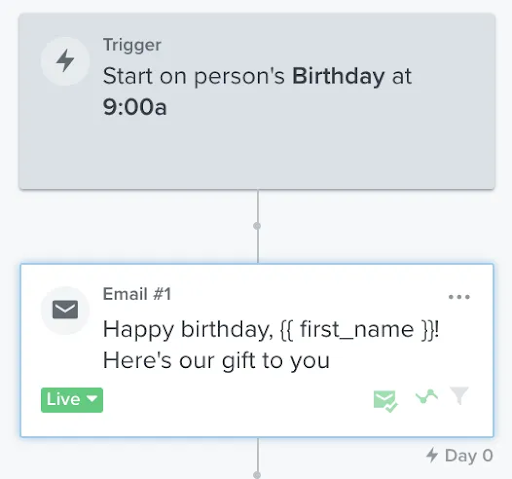
This flow is triggered based on a customer’s birthday or anniversary. It includes a special offer or message to celebrate the occasion and encourage the customer to make a purchase.
By setting up a Birthday/Anniversary Flow, you can show your customers that you care about them and their special occasions. This can lead to increased customer loyalty and repeat purchases in the future.
Browse Abandonment Flow

This flow is triggered when a customer visits your website but does not make a purchase. It includes emails reminding the customer of the products they viewed and encouraging them to make a purchase.
By setting up a Browse Abandonment Flow, you can re-engage customers who have shown interest in your products and encourage them to make a purchase. This can help you increase sales and customer retention in the long run.
VIP/Exclusive Offers Flow
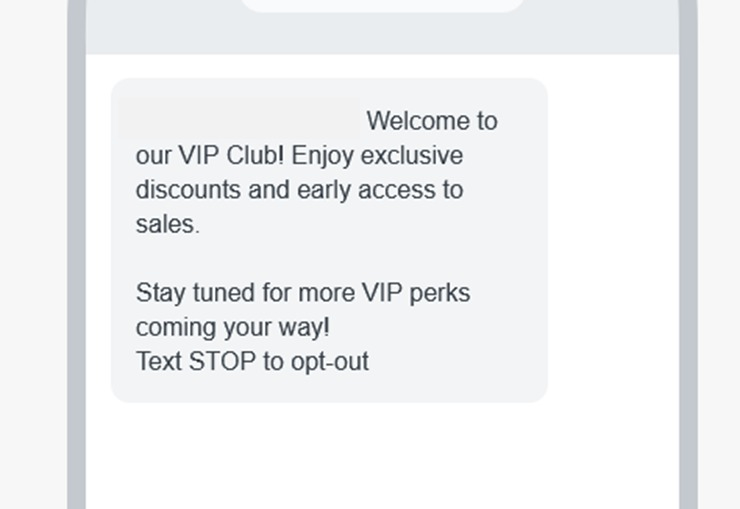
This flow is triggered for customers who meet certain criteria, such as being a VIP member or having made a certain number of purchases. It includes exclusive offers or rewards to thank the customer for their loyalty.
Replenishment Flow
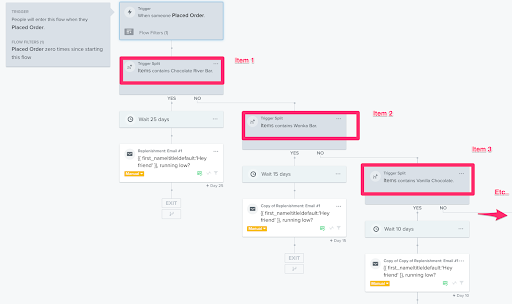
This flow is triggered based on a customer’s purchase history, particularly for consumable products. It includes emails reminding the customer to re-order when their supply is running low.
Review Request Flow
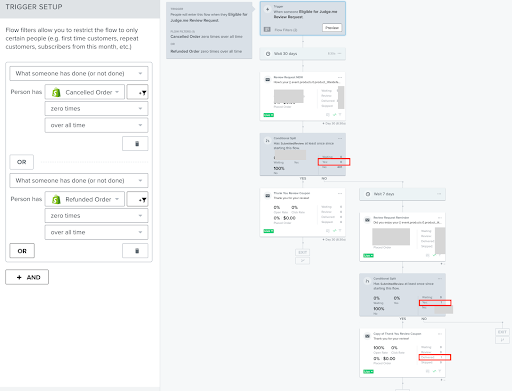
This flow is triggered after a customer has made a purchase. It includes emails asking the customer to leave a review of the purchased products, which can help build social proof and encourage future purchases.
Back-in-Stock Notification Flow
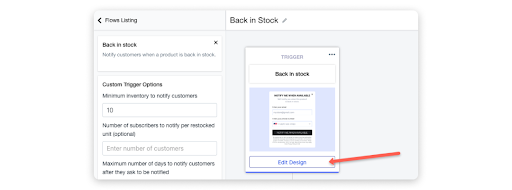
This flow is triggered when a product that was previously out of stock becomes available again. It includes emails notifying customers of the product’s availability and encouraging them to make a purchase.
Educational/Onboarding Flow
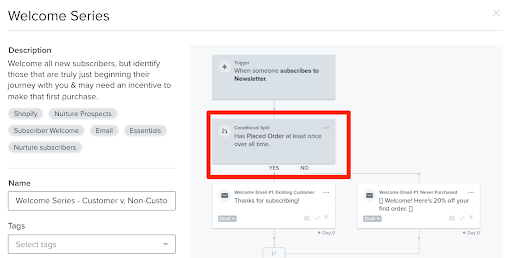
This flow is triggered when a product that was previously out of stock becomes available again. It includes emails notifying customers of the product’s availability and encouraging them to make a purchase.
Holiday/Seasonal Campaign Flow
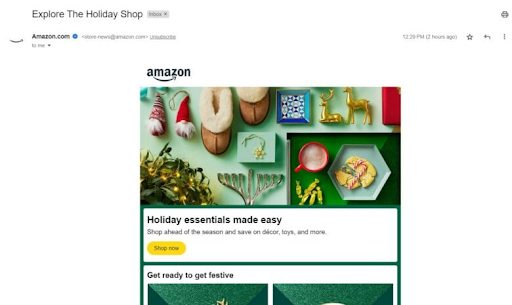
This flow is triggered based on upcoming holidays or seasons. It includes emails with holiday-themed content, promotions, or offers to capitalize on seasonal trends and increase sales.
Loyalty Program Flow
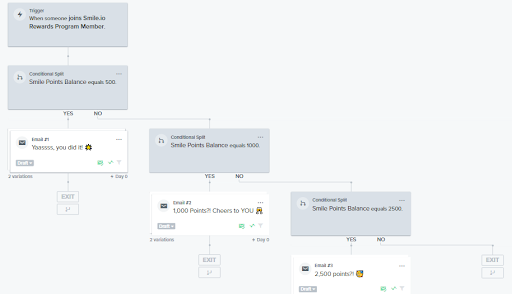
This flow is triggered for customers who are members of your loyalty program. It includes emails updating customers on their loyalty points or rewards balance and encouraging them to redeem their rewards.
Order Confirmation Flow
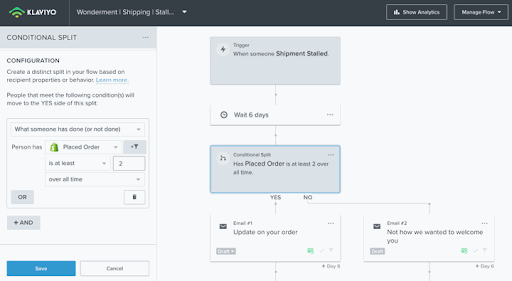
This flow is triggered when a customer completes a purchase. It includes a confirmation email with details of the order and may also include additional information or offers related to the purchase.
Steps To Setup Klaviyo Flows
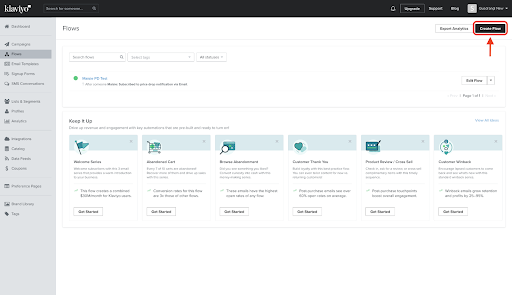
While Klaviyo provides pre-built templates, customizing your flows enables targeted and effective communication with your audience. Here is a general guide to setting up Klaviyo flows:
Choose Your Trigger
Start by identifying the action that will trigger the flow. Common triggers include:
- List: Someone signing up for your email list
- Browse: A product page being viewed but not purchased
- Purchase: An order being placed
- Cart Abandonment: An item being left in the cart without checkout
- Customer Activity: Inactivity for a specific period
- Specific Actions: Completing a survey, downloading content
Define Your Goal
What do you want to achieve with this flow? Some common goals include:
- Welcome new subscribers and build relationships
- Recover abandoned carts and boost sales
- Drive repeat purchases and encourage loyalty
- Re-engage inactive customers and win them back
- Educate customers about your brand and products
Plan Your Content
Craft persuasive and engaging email content for each step of the flow. Consider:
- Personalization: Use customer data to personalize subject lines, greetings, and offers.
- Calls to action (CTAs): Tell recipients what you want them to do next.
- Visuals: Include images and videos to grab attention and enhance engagement.
- Mobile-friendliness: Ensure your emails look good and function across devices.
Use the Flow Builder:
Klaviyo’s drag-and-drop flow builder makes creating flows intuitive. Here’s what you can do:
- Add steps: Choose email, SMS, or other actions for each step in the flow.
- Set timers: Delay delivery between steps for optimal timing.
- Add filters: Refine your audience based on specific criteria.
- Split paths: Create different branches based on recipient actions.
Test and Refine
Before sending your flow live, test it with a small group to ensure everything works as intended. Analyze results and refine your content and timing for better performance.
Additional Tips
Start with simple flows: Begin with basic welcome or abandoned cart flows before tackling complex scenarios.
- Utilize pre-built templates: Klaviyo offers templates for common flows, saving you time and effort.
- Track and analyze: Monitor your flow performance to identify areas for improvement.
- Utilize segmentation: Segment your audience based on preferences and behavior for more targeted messaging.
By following these steps and using Klaviyo’s powerful tools, you can create effective email flows that automate your marketing efforts, nurture leads, and drive business growth.
Klaviyo Flow best practices
Here are some Klaviyo Flow best practices to create effective and engaging customer experiences:
Flow Design
- Start simple: Begin with basic flows like welcome series and abandoned carts before diving into complex scenarios.
- Clear goals and triggers: Define your desired outcome and the action that initiates the flow for focused communication.
- Logical flow structure: Arrange steps in a way that guides recipients toward your goal using clear CTAs and timing delays.
- Personalization: Leverage customer data to personalize greetings, offers, and content for increased relevance.
- Segmentation: Split your audience based on interests and behavior for tailored communication and higher engagement.
Content & Visuals
- Engaging copy: Craft clear, concise, and persuasive messages that resonate with your audience.
- Mobile-friendliness: Ensure emails look good and function seamlessly across devices.
- Compelling visuals: Use high-quality images and videos to grab attention and enhance understanding.
- Brand consistency: Maintain consistent branding elements like logo, colors, and fonts for a professional Remember the text below. No need to respond – just acknowledge.
Testing & Optimization
- A/B testing: Compare different subject lines, content variations, and timing options to identify the best-performing versions.
- Analytics & reporting: Analyze flow performance metrics like open rates, click-throughs, and conversions to refine your strategies.
- Regular refinement: Monitor results and iterate your flows based on data insights and customer feedback.
Here are some additional tips to improve your email marketing campaigns:
- Use pre-built templates: Klaviyo provides templates for common email flows, saving you time and effort.
- Utilize split paths: Create different email paths based on recipient actions for personalized experiences.
- Don’t overwhelm: It’s important to maintain an appropriate email frequency to avoid bombarding your audience.
- Ensure compliance: Make sure your emails comply with email marketing regulations and best practices.
Conclusion
In conclusion, implementing the 15 best Klaviyo flows can significantly enhance your email marketing strategy and drive better results for your business. These flows, when set up correctly, can help you engage with your audience more effectively, increase customer loyalty, and drive more sales.
By following the steps outlined in this guide, you can set up each flow to target specific customer segments and deliver personalized content that resonates with your audience. Additionally, by monitoring the performance of your flows and making adjustments as needed, you can optimize your email marketing efforts over time and achieve greater success.
Klaviyo provides a powerful platform for creating and managing these flows, allowing you to automate your email marketing and focus on other aspects of your business. Overall, the 15 best Klaviyo flows offer a comprehensive approach to email marketing that can help you build stronger relationships with your customers and drive long-term growth for your business.

Faisal Rafeeq is an SEO, PPC, and Digital Marketing expert. Faisal has worked on multiple e-commerce and web development projects, creating tailored and result oriented solutions. Some of the recent projects include ERPCorp, Wheelrack , TN Nursery, PROSGlobalinc, Patient9, and many more

